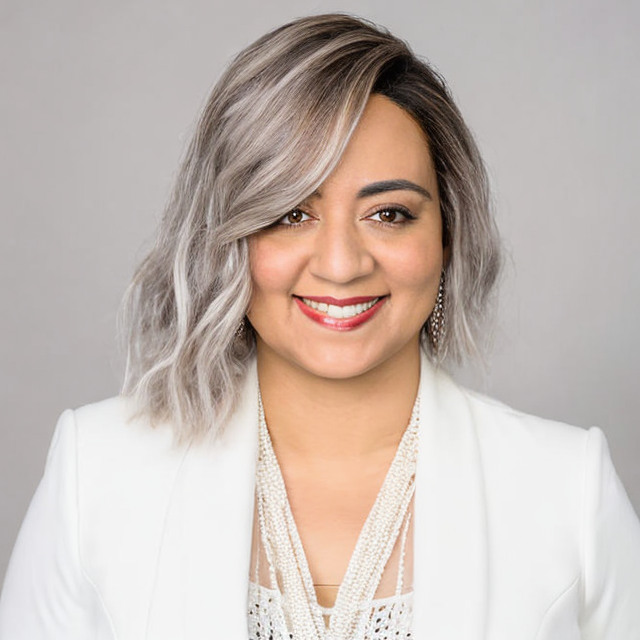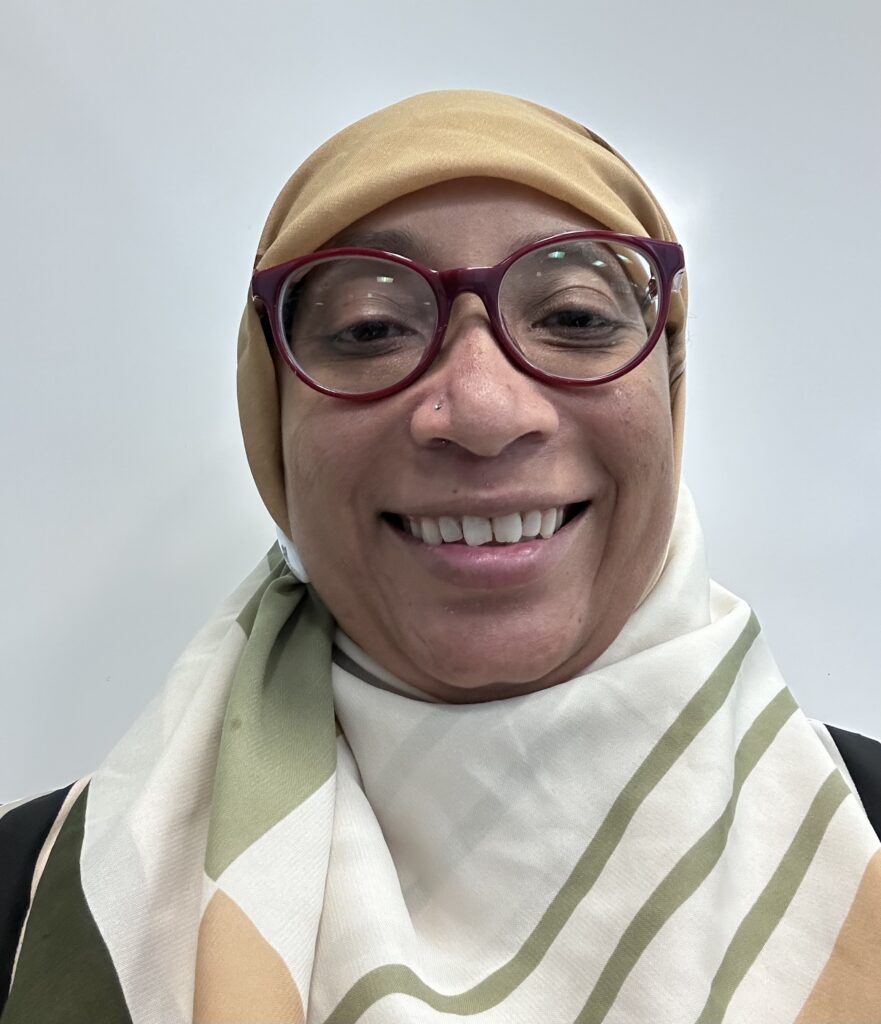By: Sofía De Jesús and Daa’iyah Cooke
Have you ever wondered how many languages are spoken in the United States? According to usa.gov, more than 350 languages are currently spoken in the U.S. And did you know the United States doesn’t have an official language? Although English is the most widely spoken language, it is not the official language.
So how do we ensure that we are reaching all our students? What can we do to provide the support necessary for them to be able to understand the technical language introduced in computer science classrooms? Two important theories tackle this question: Cognitive Load Theory and Translanguaging. Translanguaging is the use of multiple languages together in the process of learning (What is Translanguaging?, 2016). Although this practice has gotten a lot of recent attention, we will be more focused on Cognitive Load Theory, which allows us to understand why the need for additional language support is necessary in order for students who speak different languages to be successful with much more ease in the classroom. That is, translanguaging is necessary because of Cognitive Load Theory (CLT).
What is Cognitive Load Theory?
Before we tackle Cognitive Load Theory, let’s first define two important terms: working memory and long-term memory. Our working memory is where we store information short term. From there, chunks of information can move to long-term memory or be forgotten. Long-term memory is where we store things that our brains can recall without much effort over time, sometimes years or decades.
https://www.barefootteflteacher.com/p/what-is-cognitive-load-theory
Cognitive Load Theory establishes that we learn things in chunks (our working memory can only process about 5-9 pieces or chunks at a given time), but not everything we learn moves into short-term memory and long-term memory (this is where information is stored based on how we use it which activates our prior knowledge and starts the retrieval process). Extraneous load refers to when our brains have added cognitive load, which is then discarded because the brain is, well, overloaded. When a student is trying to learn in a language that is not their primary language, their brains can get overloaded. If this happens, a student’s effectiveness, productivity, and performance can be reduced. In computer science classrooms, this is particularly important to recognize, as there are many terms and logic processes that already require a heavier cognitive load. Through understanding Cognitive Load Theory, we can help our students succeed in the classroom by providing tools to allow them to work in their language, as needed. This can include translations already available, translation applications, collaboration with other students who also speak the same language, and more.
What does this look like in practice?
There are many things that we can share with students that allow them to lessen the cognitive load in order to process the new information and move to long-term memory.
- Translations: Where possible, if a translation exists for the content presented, allow the students to use the translations as needed. This can include allowing students to use a dictionary in their language and English as a resource.
- This does not mean they need to use the translations at all times. As a multilingual human, I can say that my ability to process sometimes depends not just on content, but how tired I may be, if I’ve just woken up, how many hours I’ve already been learning, and more, so being able to shift languages means I can continue working without being “stuck”. (Sofia)
- Translation Applications (including AI tools): Translations are sometimes available from the providers. Examples are Code.org, CMU CS Academy, Code HS, and others. Not all languages may be available, however, so other tools can be provided to students in order to allow them access to the content. Please note that any AI tool may include incorrect translations and/or cultural discrepancies, bias, and more. However, they are improving daily. Some of the following are examples of currently available AI tools for translations.
- Collaboration: Students can process content when they can talk about it and synthesize it. Sometimes it is helpful to allow students who speak the same language to work together to process new content in their own language. As a high school teacher in a school with a high population of Multilingual (ML) students, I try a lot of different techniques with my students depending on their understanding and level. In one of my Foundations of Computer Science class, I have three ML students. Two are higher level while one of the students is on the lower end. My two higher-level students sit next to each other and regularly work together. This is a benefit because they can teach and support each other with the curriculum. Sometimes students learn better from each other rather than from a teacher. My lower-level student sits next to me so I can work with her one-on-one. We just started our unit on CMU CS Academy, which uses Python Programming, and I noticed that she was not really working. Since I was working with another group of students, I could not immediately assist. So another student pulled out her notes and started working with her. I finished with the small group I was working with and then started working with the student who sits next to me. I drew pictures with her and translated the instructions into French so she could get a better understanding. This allowed my student to be on a fair playing field by understanding the expectations in a language she was familiar with. This is important because she is learning a new language and is a Multilingual learner. I was interrupted by a phone call, so another student came to help her. But what really impressed me was what the young lady explained to my ML student. She said this was hard for her too. She needed to break it down and draw her thoughts and notes out too. Then she offered to help her. I couldn’t have said it better. They worked on the rest of the problems, and I think the student started to understand as she was getting more of the programming assignments completed. (Daa’iyah)
- Additional time: Because of the cognitive load, students who speak different languages may benefit from having additional time to process and complete assignments. My students value the additional time provided during class primarily because their learning is not rushed. The students are able to learn computer science, programming and problem-solving skills at their own pace. These students are often learning English, a programming language and translating into their own language. That leaves a lot of room for extraneous load or brain overload. Extra time benefits their learning process, thus ensuring their success. (Daa’iyah)
This list does not encompass all techniques that can be used in a classroom, and it should also be noted that they may not work every time or for all students. This can be due to several factors, including a student being tired, overwhelmed, or just having a rough day. With that being said, it is imperative that teachers remain flexible when using Cognitive Load Theory and understand why the tools and techniques may need to be adjusted as needed.
Impacts on students
What have we observed in the classroom? What have students said? I’ll share one of the many stories I hear from my undergraduate students after working on the CMU CS Academy project as part of the translation team. A student joined the project even though they’d had trouble with their undergraduate course. They were even considering switching majors because they did not think they could work with the content and depth necessary to succeed. However, after one semester on the project, they were able to look at the computer science content in Spanish, allowing them to process the information in their native language. It gave them the confidence they needed to tackle the upcoming computer science classes and succeed in them. In their words, “If I’d had the translation available from the beginning, I would have aced that class.” (Sofia)
We have served more students by being flexible in how we present content. Students who are comfortable in the classroom are able to learn better, so having tools that ease the cognitive load they are being taught allows them to move information better, getting more of the computer science content into their long-term memory. What may appear as the smallest thing on our end, like allowing them to use a dictionary, can mean the difference between a student being unable to progress in the class and completely embracing the content presented. The more we can explore ways to present information to our multilingual learners, the better we’ll understand what is helpful to them.
References
1. (2023, December 27). Official Language of the United States. USAgov. https://www.usa.gov/official-language-of-us#:~:text=their%20official%20language.-,Languages%20spoken%20in%20the%20U.S.,spoken%20in%20the%20United%20States.
2. (2016). What is Translanguaging. Eal_journal. https://ealjournal.org/2016/07/26/what-is-translanguaging/
3. (Cherry, K., April 2023). How Short-Term Memory Works. Verywell Mind. https://www.verywellmind.com/what-is-short-term-memory-2795348#:~:text=While%20long%2Dterm%20memory%20has,stores%20into%20long%2Dterm%20memory.
4. (Roussel, S., Joulia, D., Tricot, A., & Sweller, J., 2017). Learning subject content through a foreign language should not ignore human cognitive architecture: A cognitive load theory approach. Learning and Instruction, 52. 69-79. https://doi.org/10.1016/j.learninstruc.2017.04.007
About the Authors

Sofía De Jesús is the author of Applied Computational Thinking with Python (2nd edition due out 2023), and has over 20 years of experience in education, combining time in the classroom with curriculum design and providing professional development to other educators. Sofía completed Masters in teacher education and all coursework for an EdD (abd). Sofía is the associate program manager and Spanish outreach lead for CMU CS Academy team. She has presented in multiple national and international conferences on equitable CS education, accessibility, and equitable assessment practices.

Daa’iyah Cooke started her teaching career in 2017 at Woodlawn High School as a Technology Education teacher. In 2021, she was offered the opportunity to work close to home at Frederick High School where she teaches Computer Science (AP Computer Science Principles, Foundations of Computer Science and Advanced Computing Concepts – a cybersecurity class). This will be her 11th year in education and 7th year teaching. Daa’iyah is passionate about inspiring students, instilling confidence and helping them find their love of computer science. She has a Bachelors in Information Systems with a Business Administration minor from University of MD Global Campus (UMGC) and a Masters in Management of Information Technology from Hood College. Daa’iyah strives to bring computer science to all students and mentors the Robotics Club, Computer Science Honor Society and maintains her technology education roots by volunteering as the Vice President for Technology and Engineering Educators of Maryland (TEEAM).

